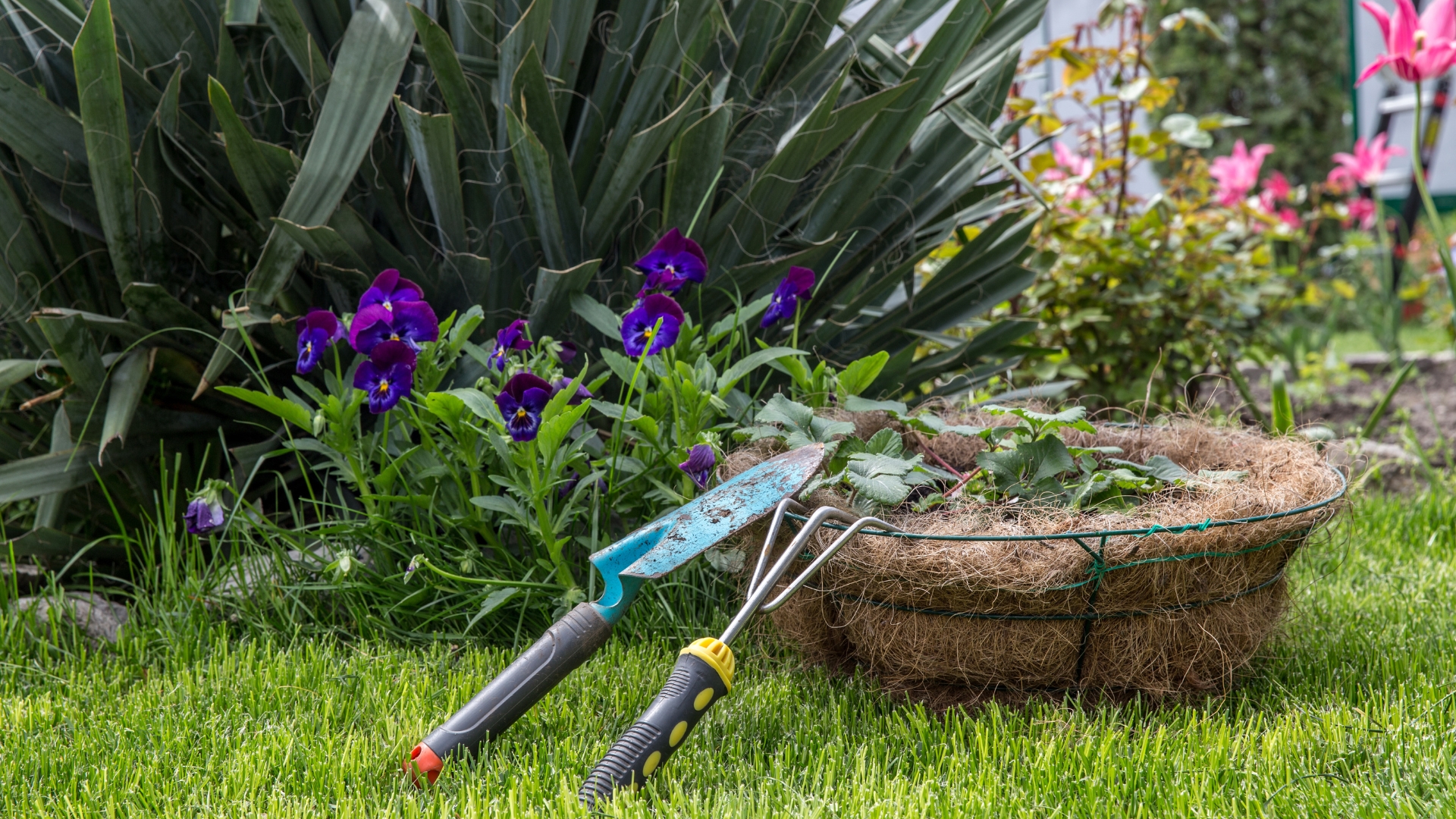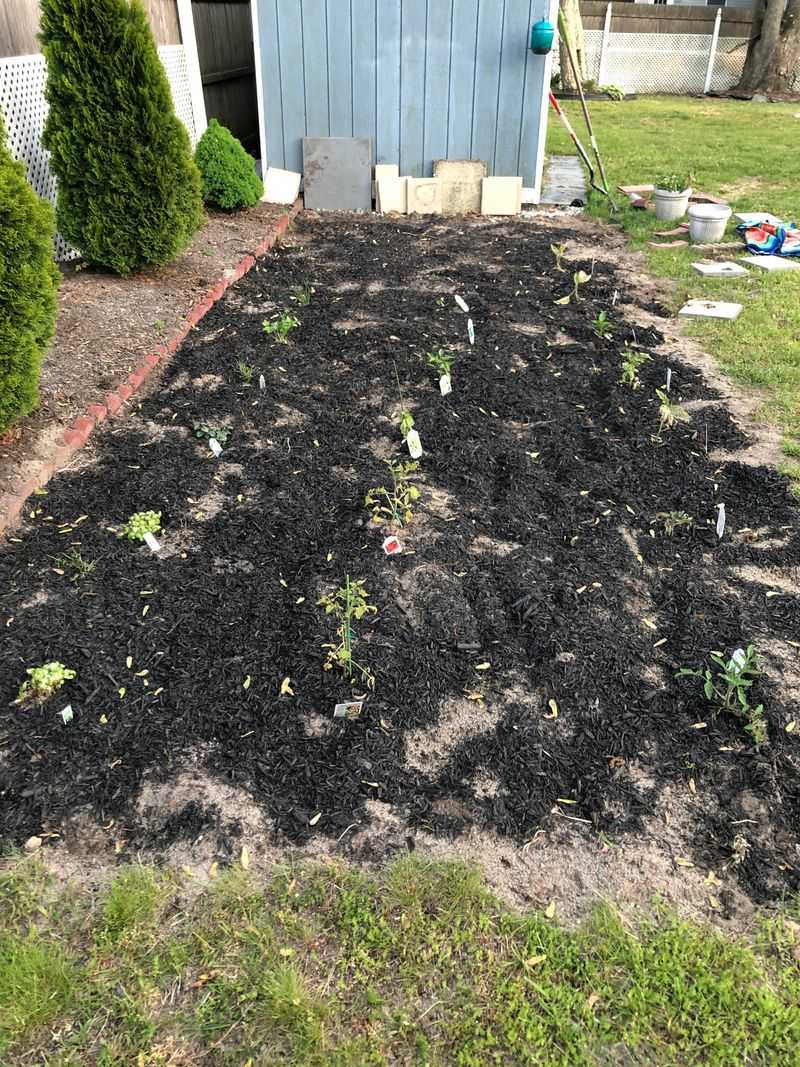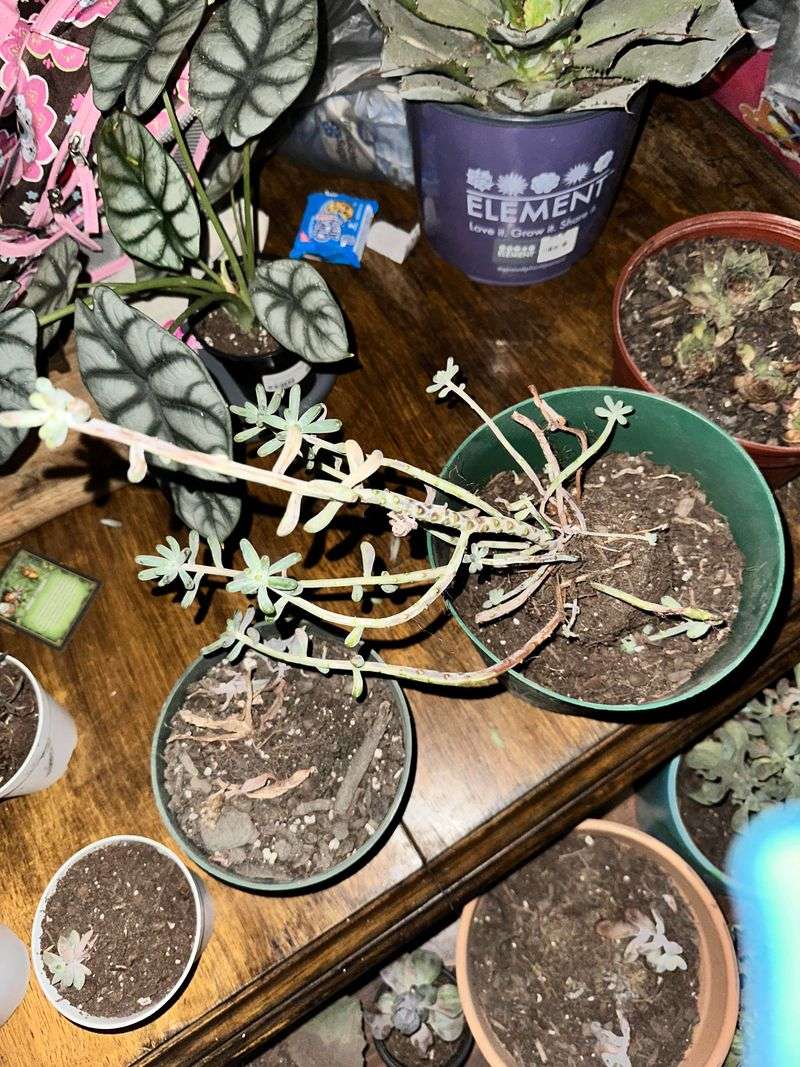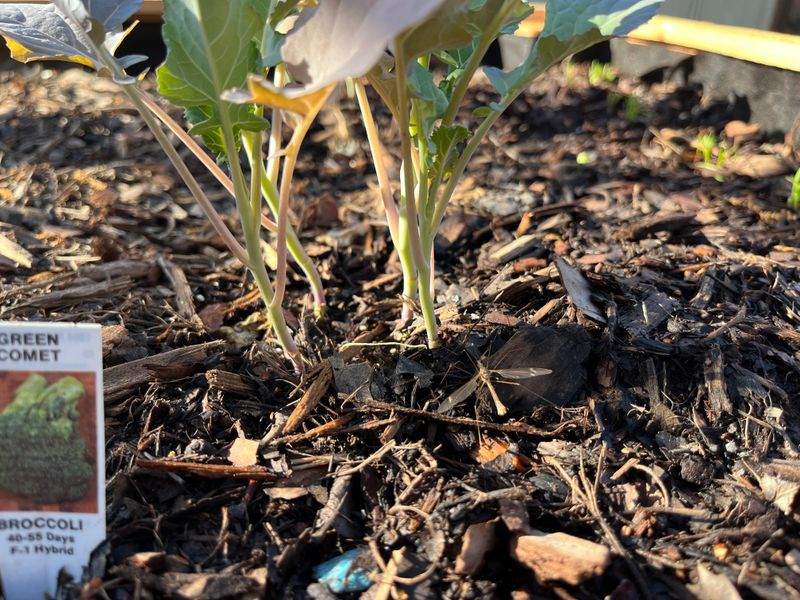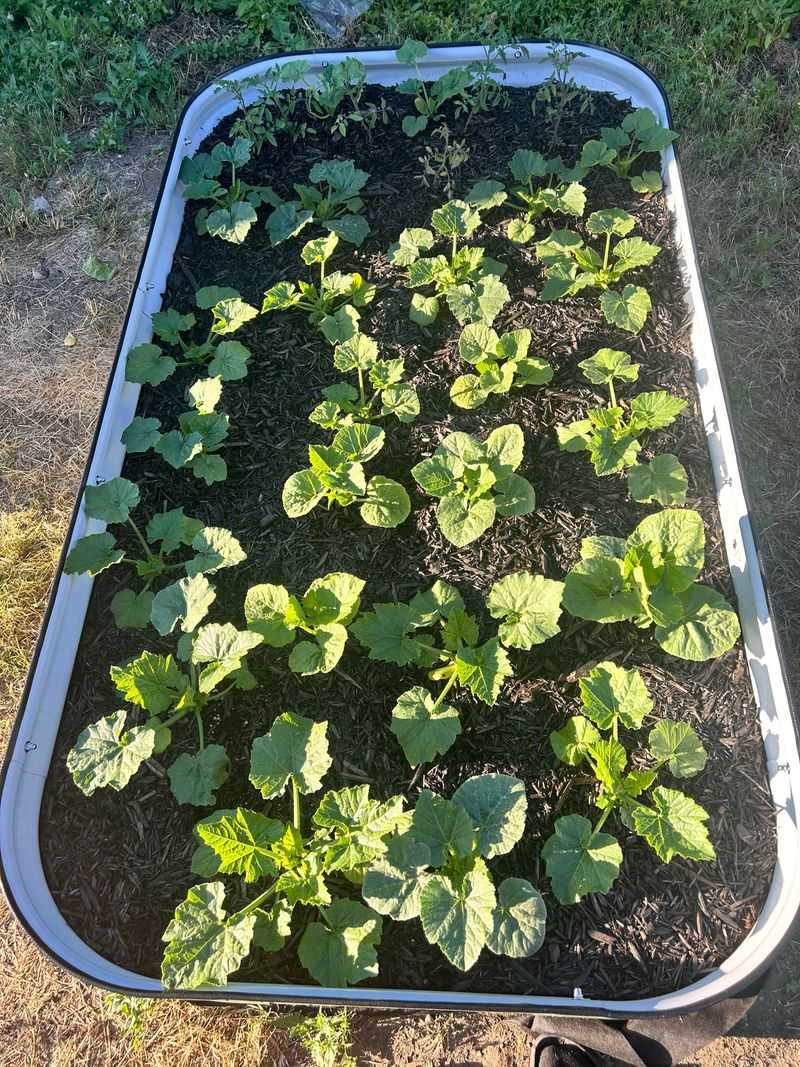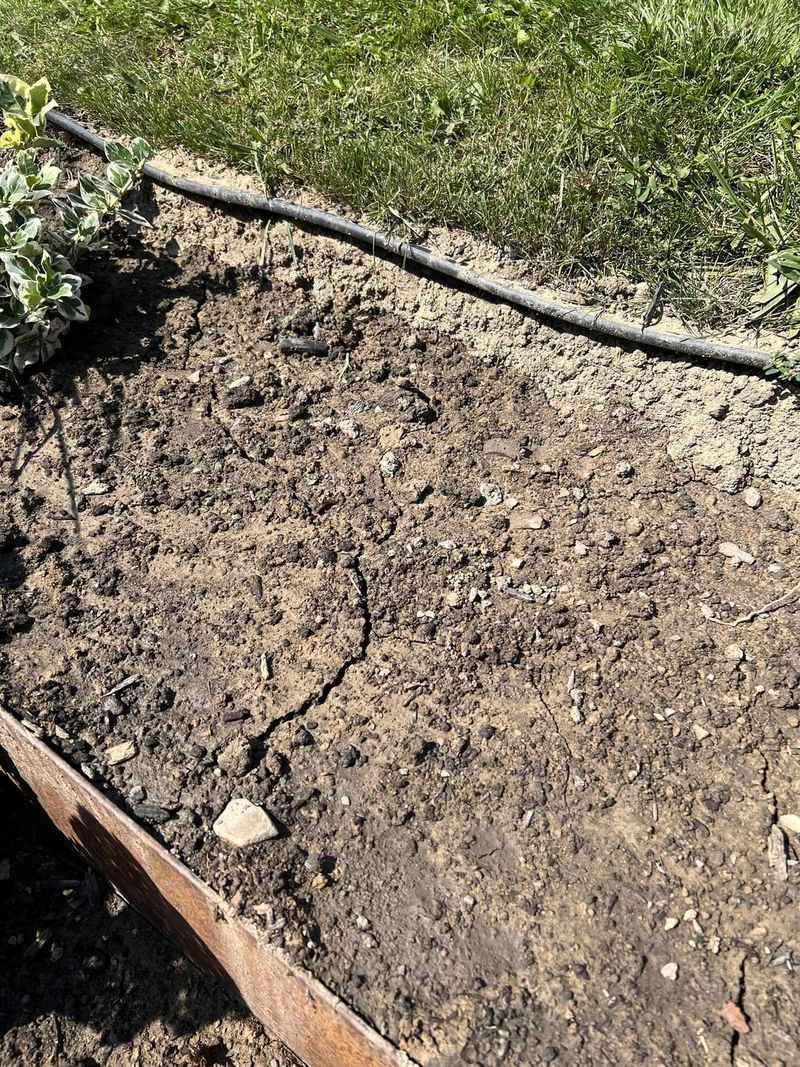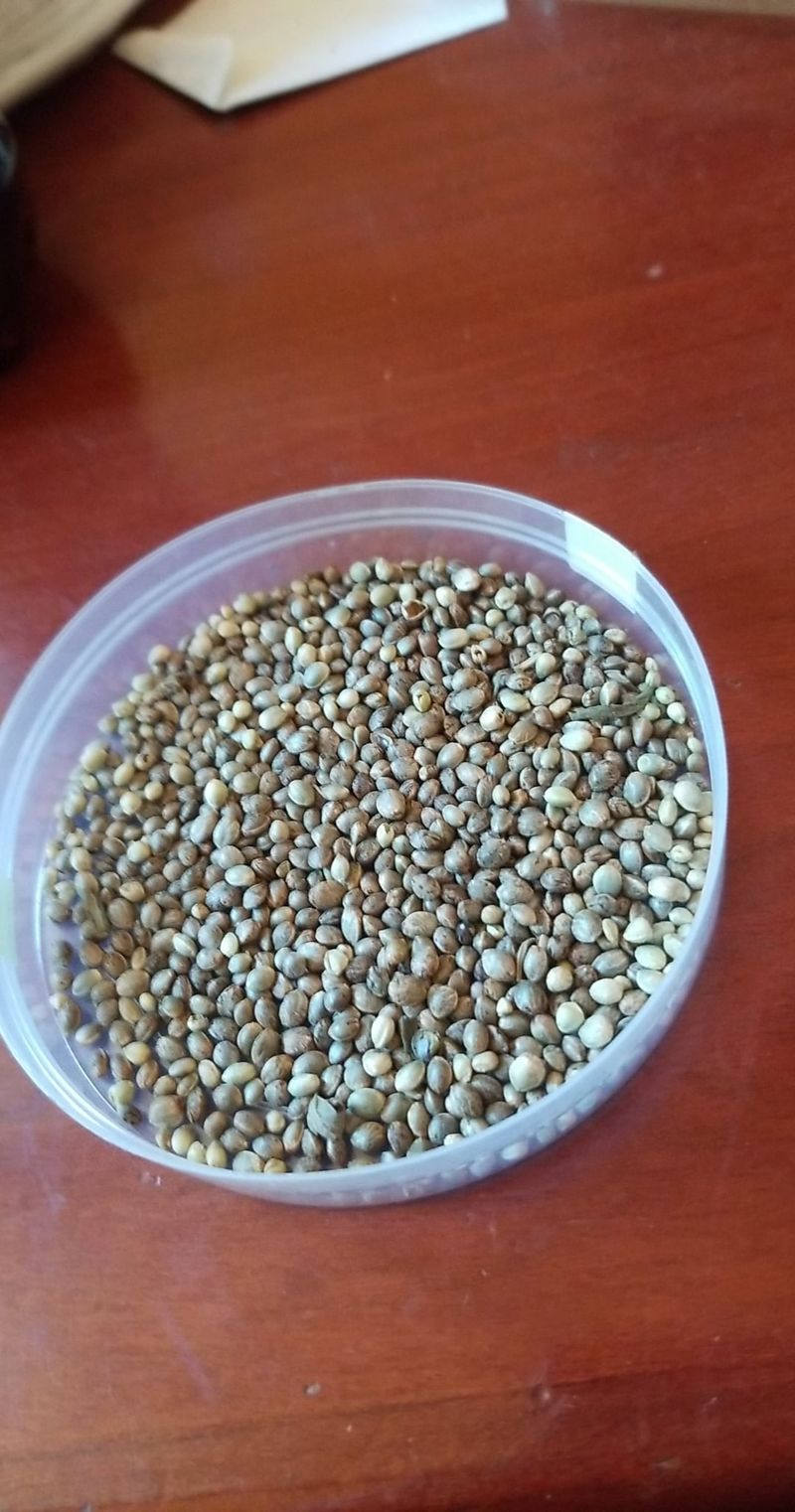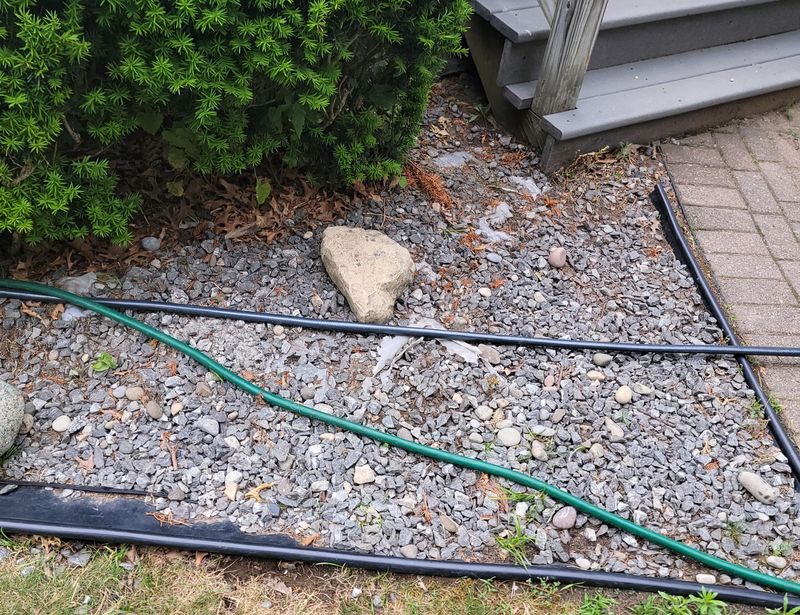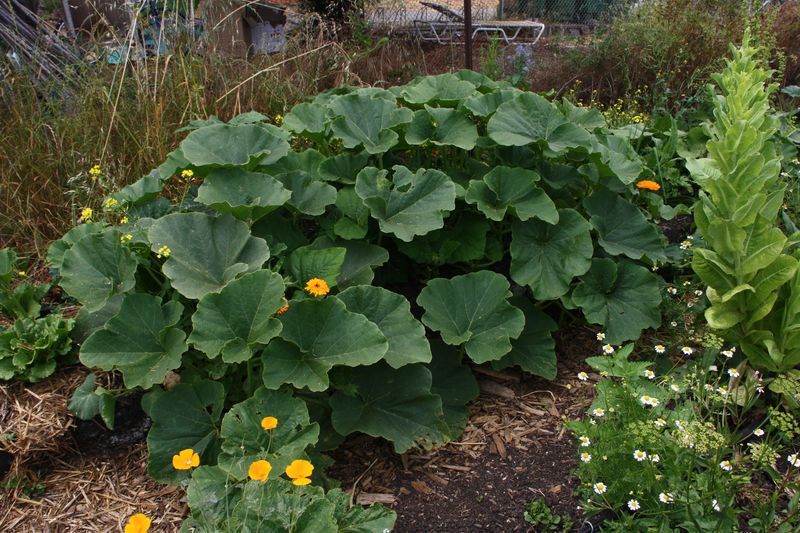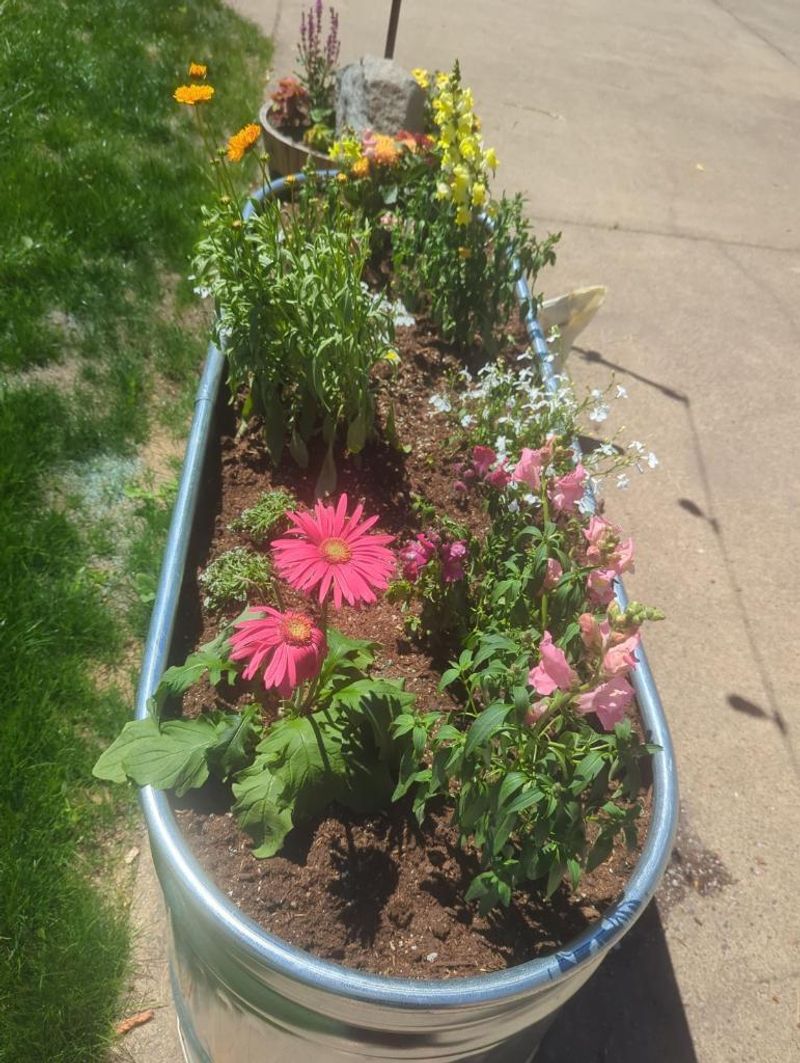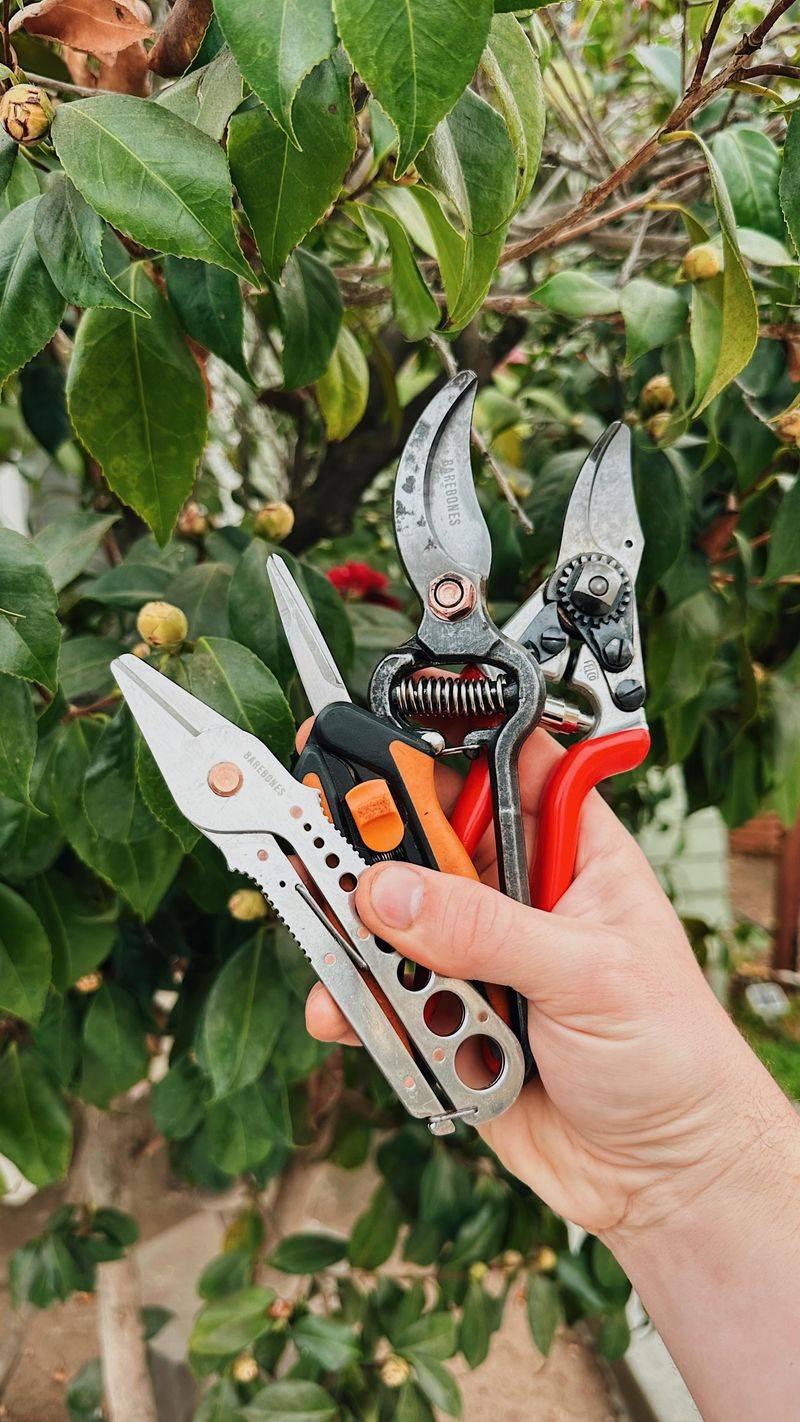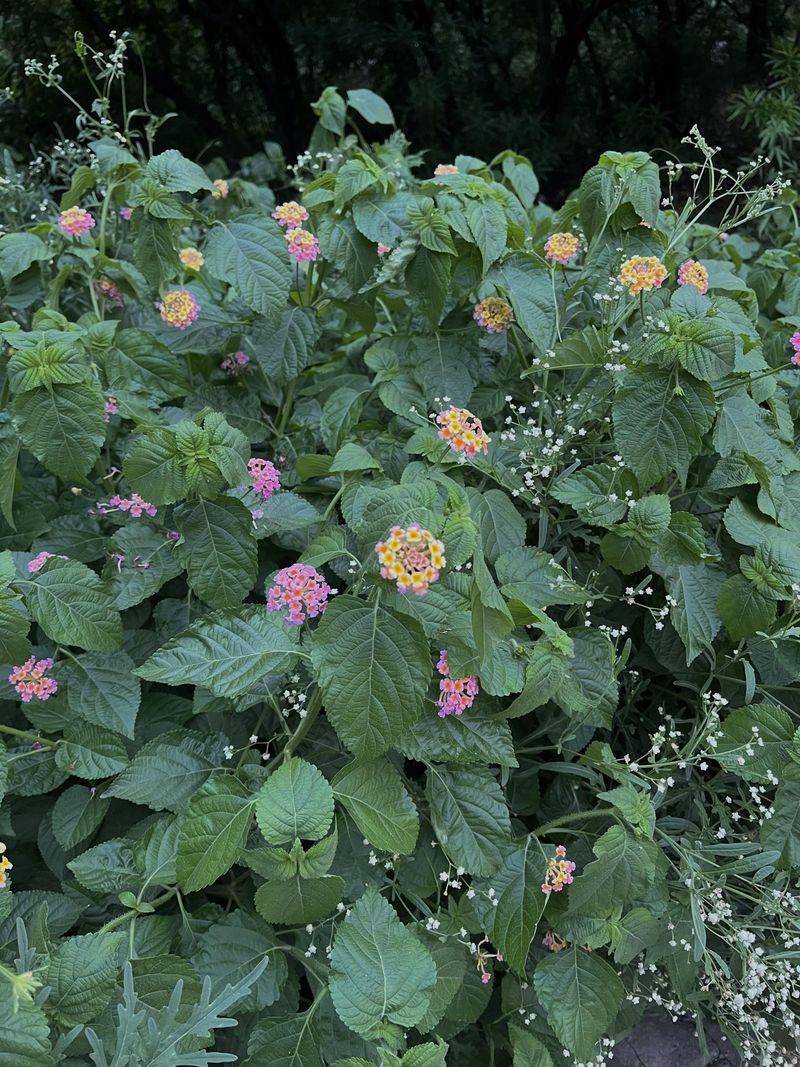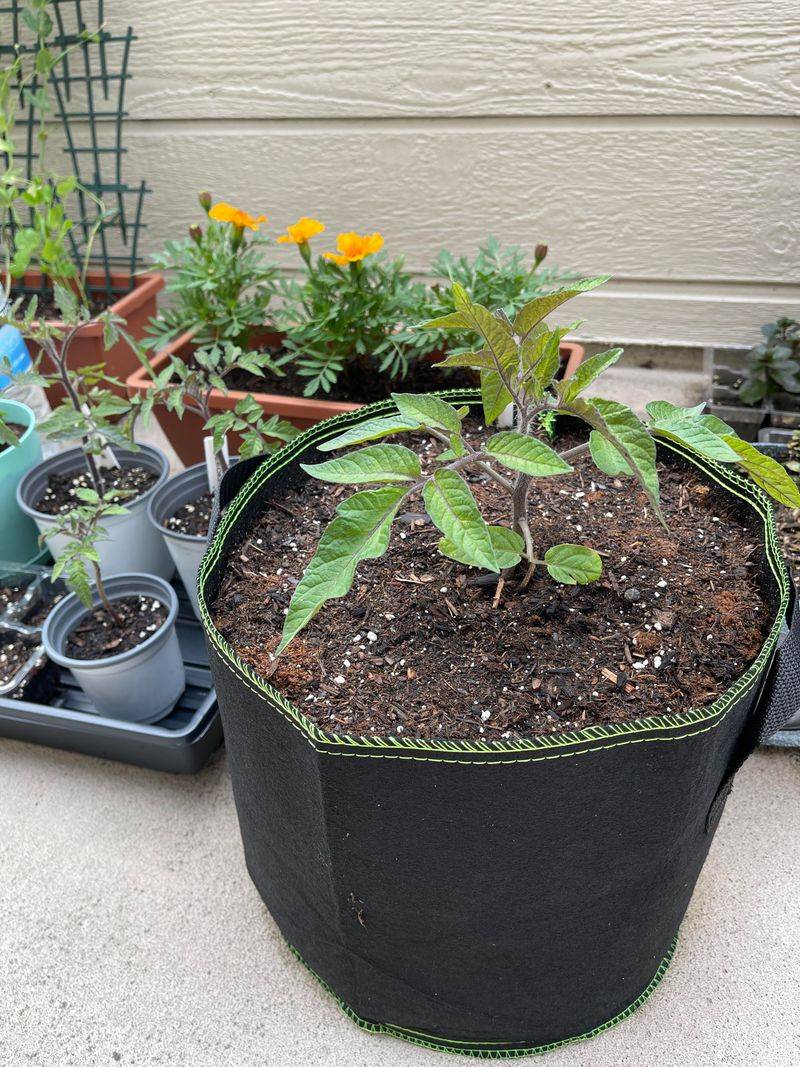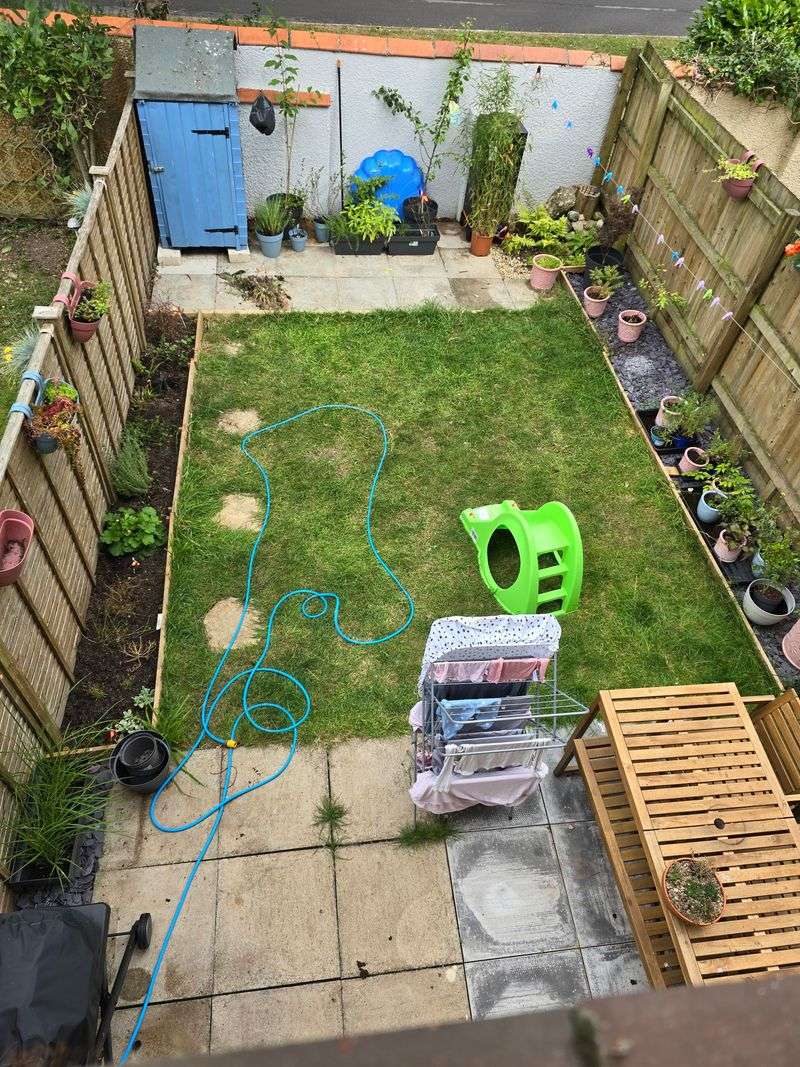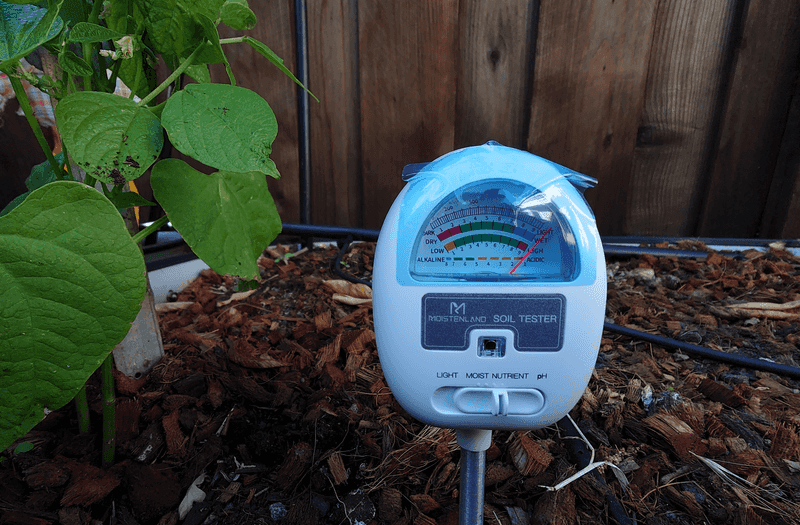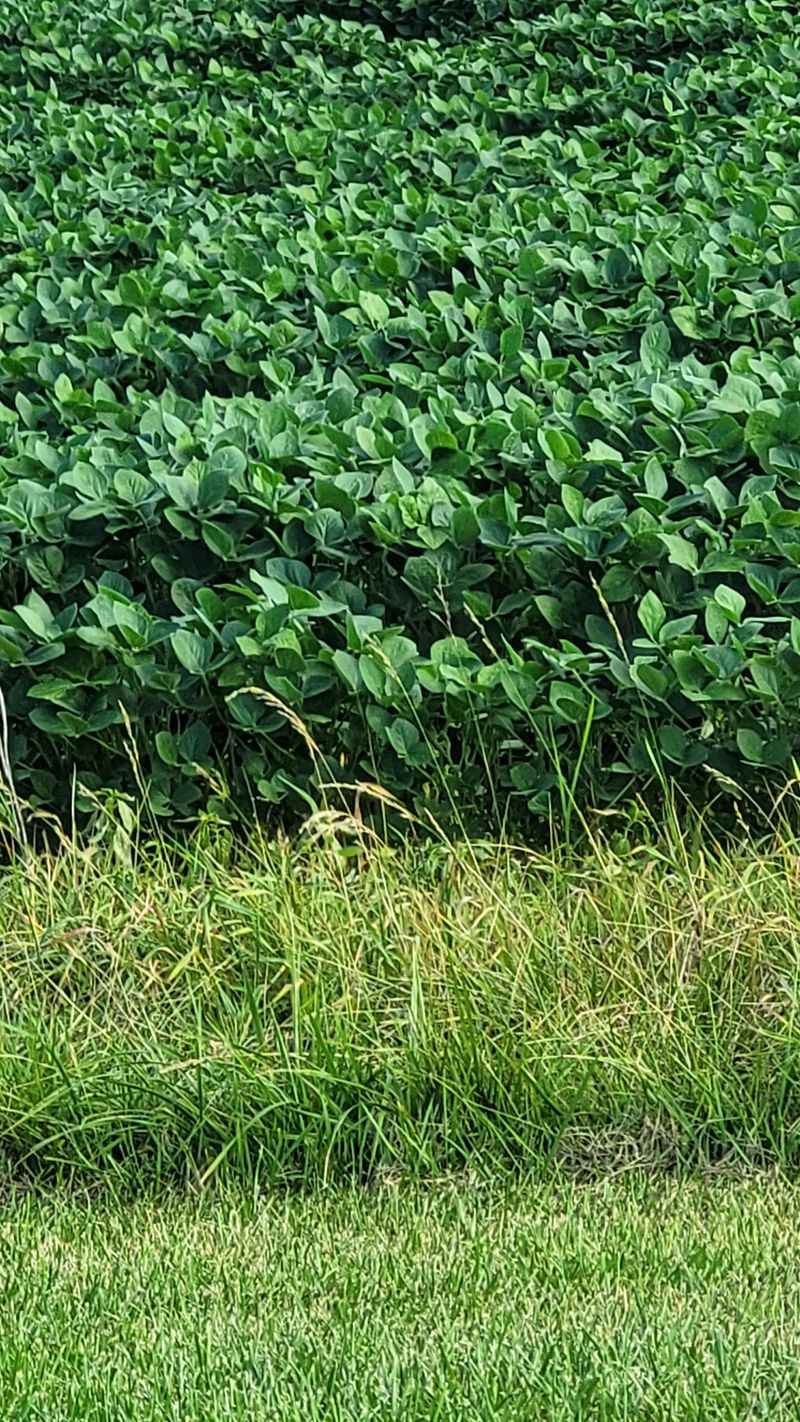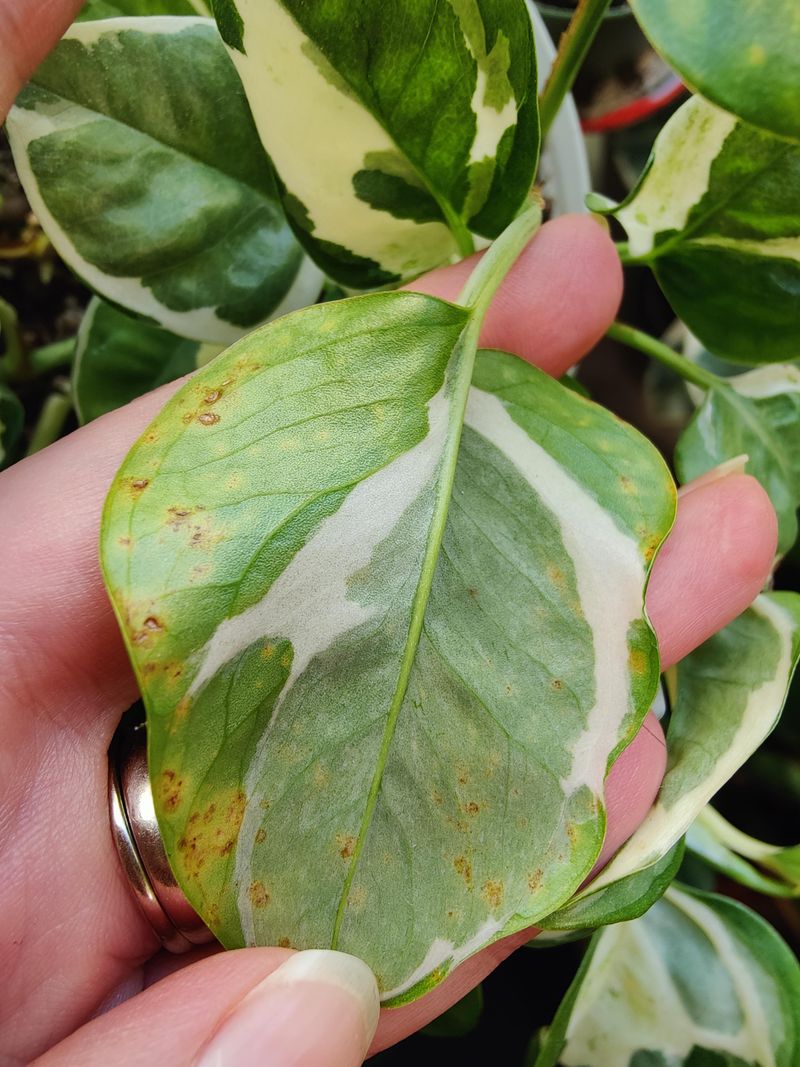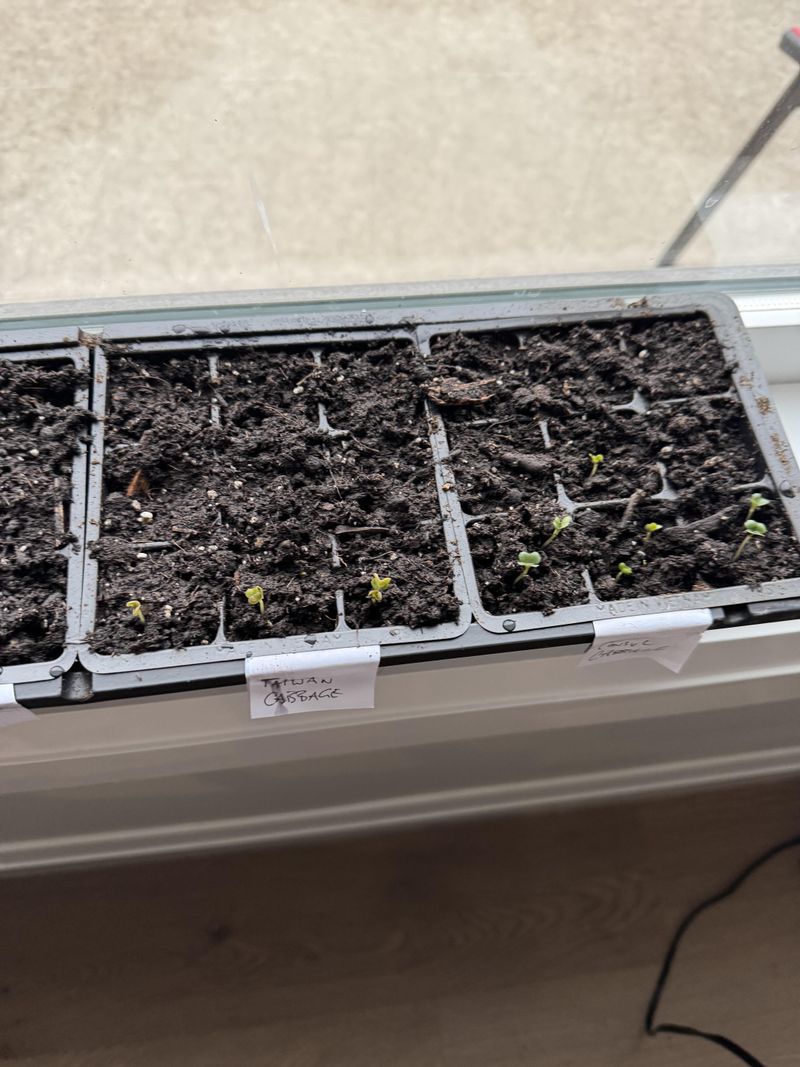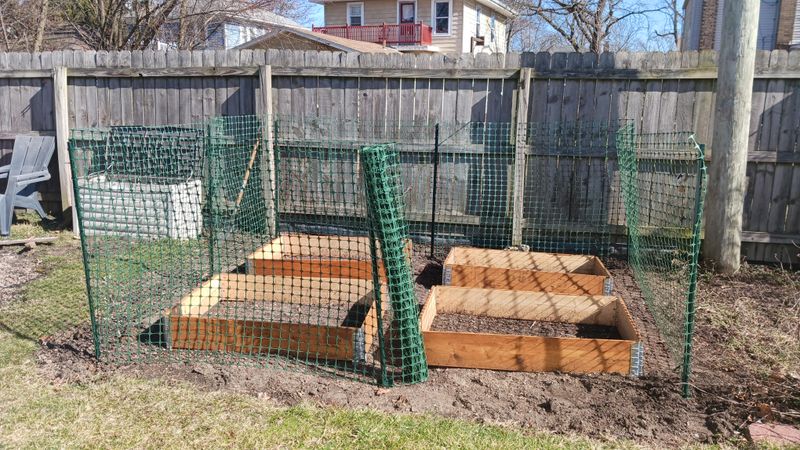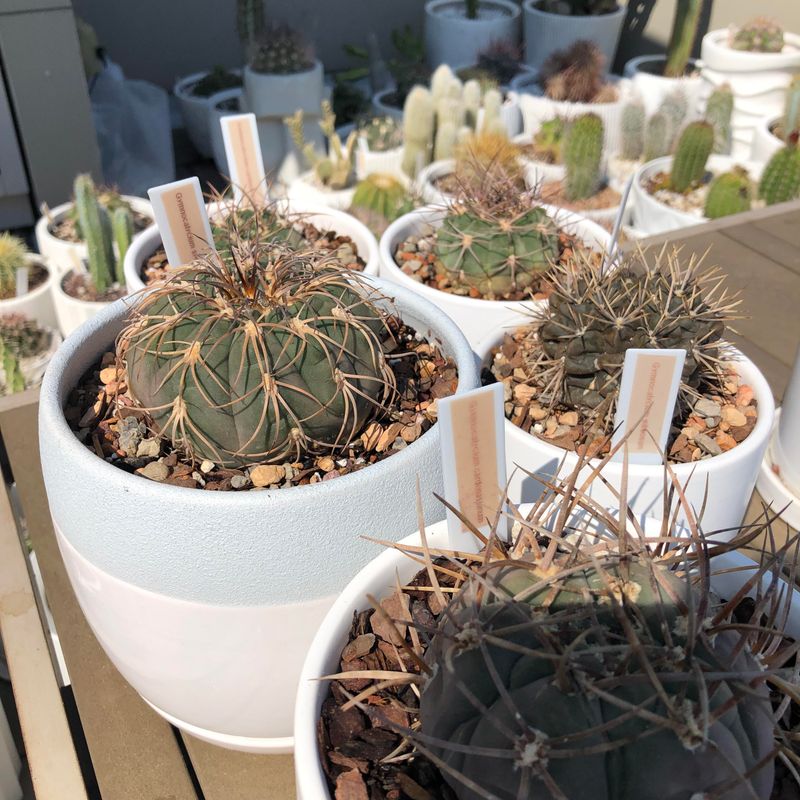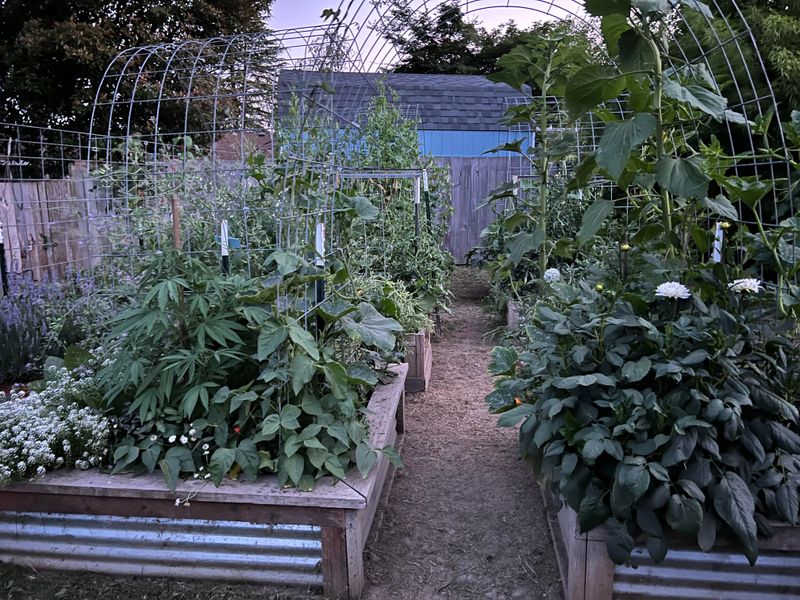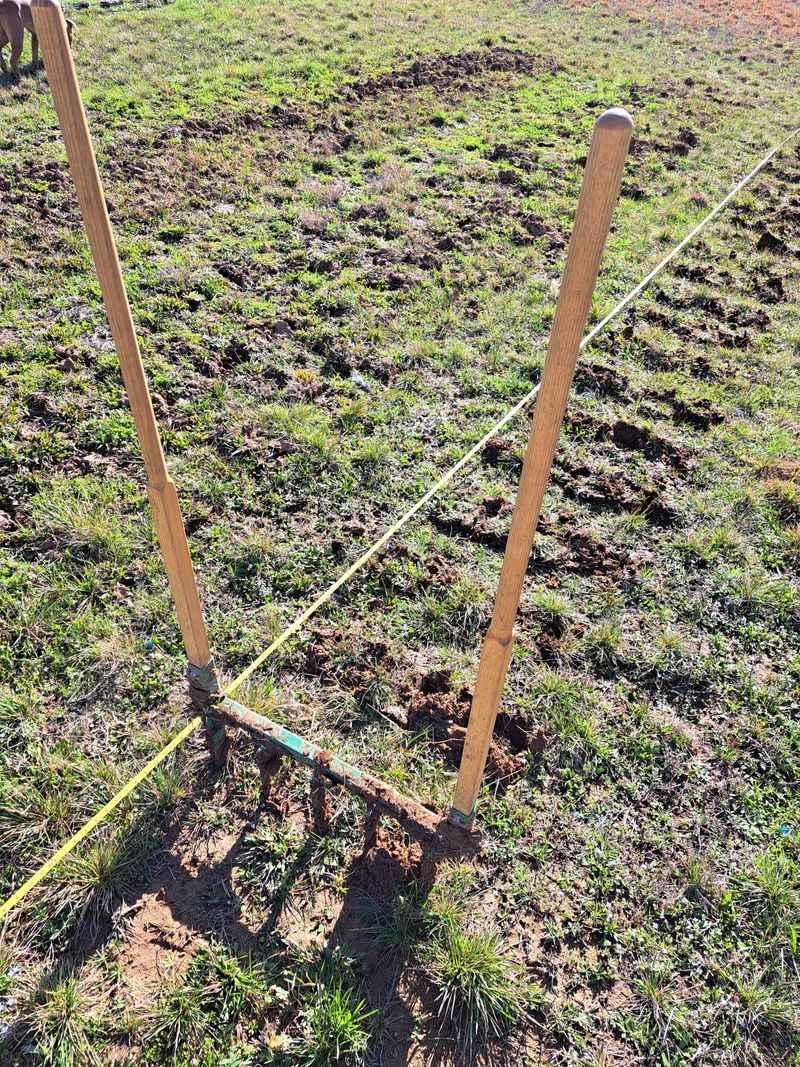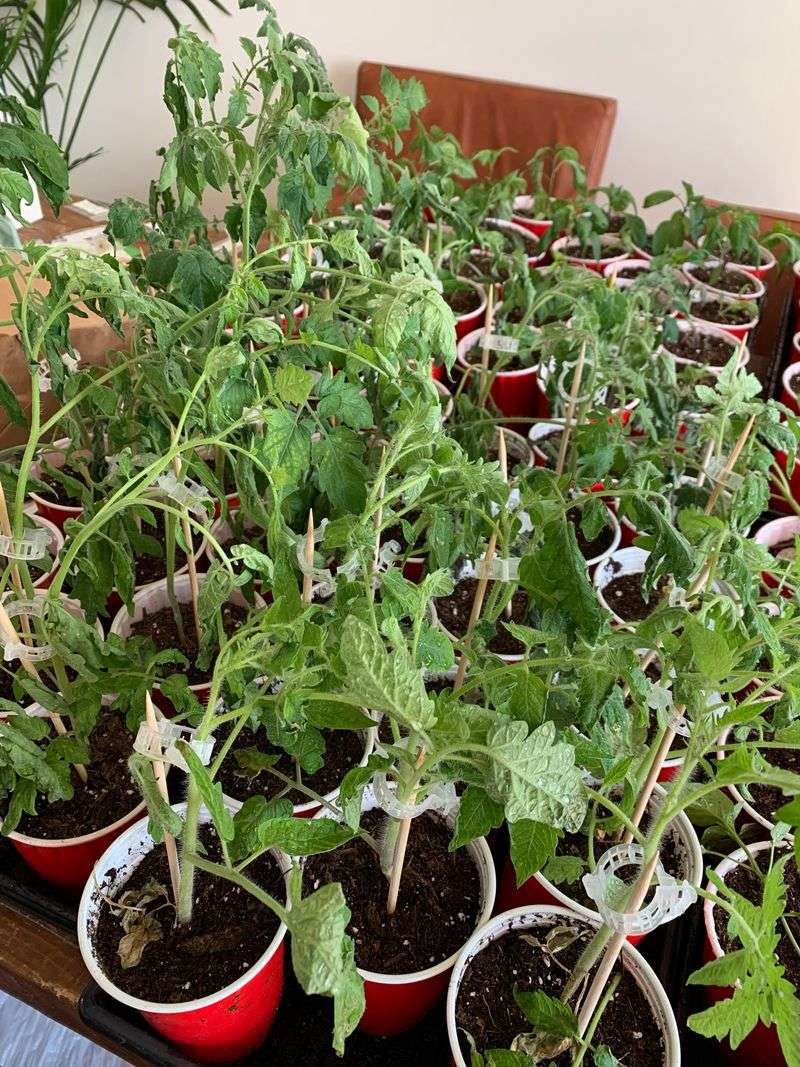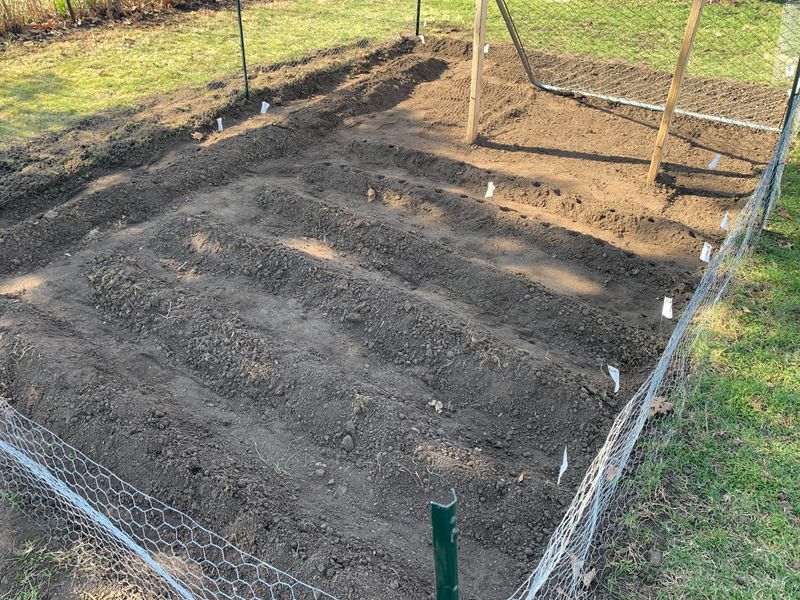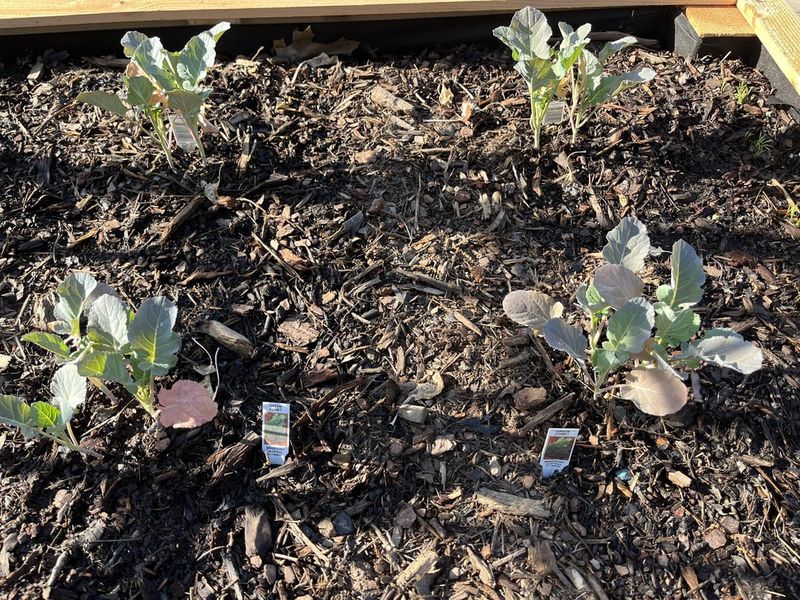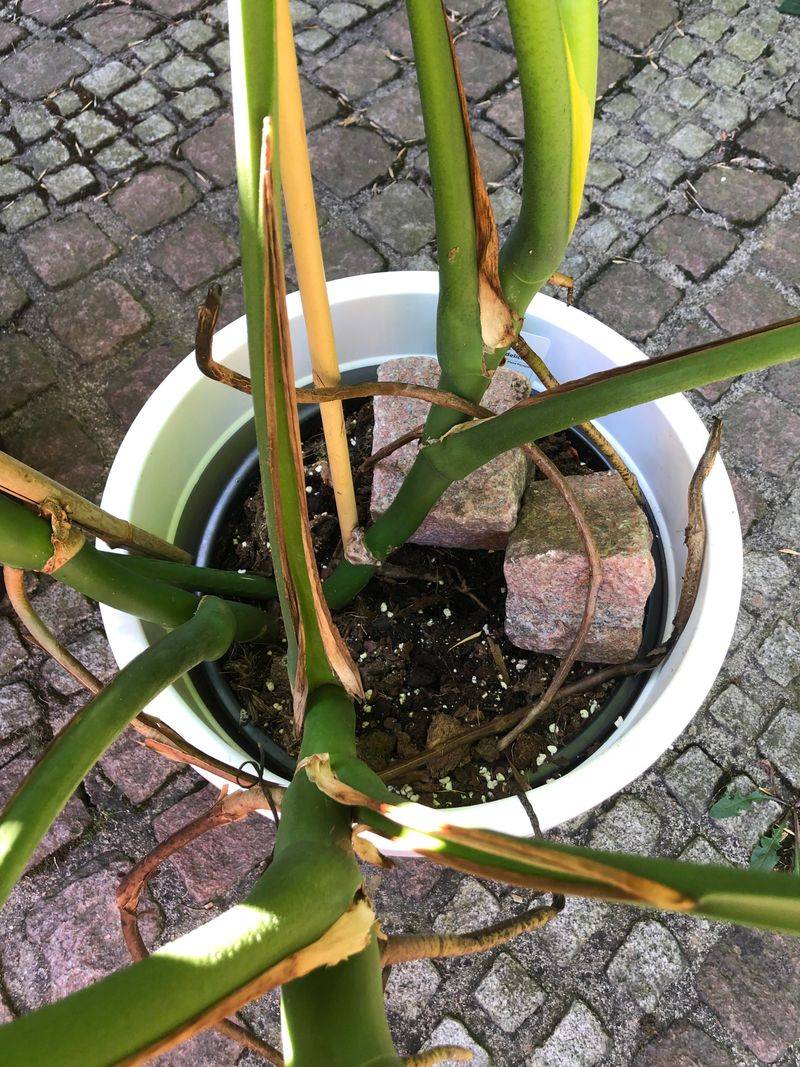Spring is here, and with it comes a fresh chance to get our gardens thriving. But sometimes, in all the excitement, we can make a few garden missteps that harm our plants more than help.
Don’t worry though – you’re not alone in this! I’ve rounded up 20 common April garden mistakes that can sneak up on us, and I’ll show you how to avoid them so your plants can flourish this season.
Let’s make this gardening season your best one yet!
1. Overwatering
Too much love in the form of water can drown your plants. April showers may tempt you to keep adding water, but this generosity can lead to waterlogged roots and sad, droopy leaves. Aim for moist, not drenched, soil and let nature do its rain dance.
Understanding each plant’s unique watering needs is crucial. Some are desert warriors, others rainforest adventurers, so check soil moisture before reaching for the hose. When in doubt, let the top inch of soil dry out to keep your green friends happy.
2. Ignoring Frost Warnings
April’s unpredictable weather can catch you off guard with a late frost. Tender young plants and newly sprouted seeds are at risk if left unprotected. Keep an eye on the forecast and be ready with row covers or old sheets to shield your plants from Jack Frost’s touch.
Remember, a little preparation goes a long way. Cover your precious plants in the evening and remove coverings in the morning to let them soak up the sun. This simple act can save your garden from a chilly demise.
3. Planting Too Early
Enthusiasm can lead to premature planting, leaving your sprouts shivering in the cold. Planting too early in April can stunt growth or even kill delicate seedlings. Consult your local planting calendar to ensure your timing is just right.
Patience is a gardener’s best friend. Resist the urge to rush the season; your plants will thank you by thriving when it’s truly their time. Wait for warmer soil and consistent temperatures to give your plants the best start possible.
4. Crowding Plants
Overcrowding plants is like cramming too many guests into a tiny room—everyone ends up uncomfortable. In April, as plants start to grow, give them the space they need to reach their full potential. Air circulation and sunlight can become scarce in an overcrowded garden.
Space is the ultimate luxury in a garden. Follow the seed packet guidelines for spacing and consider future growth. A well-spaced garden prevents disease and ensures each plant can soak up all the sun it desires.
5. Neglecting Soil Preparation
Skipping soil preparation is like trying to bake without preheating the oven—nothing turns out right. April is the perfect time to amend your soil with compost, ensuring it’s rich and ready for planting. Healthy soil is the foundation of a thriving garden.
Give your plants the gift of great soil. Test your soil for nutrient content and pH levels, then add organic matter to create a fertile home. With prepared soil, your plants will grow strong and resilient.
6. Using Old Seeds
Old seeds might not sprout, much like old jokes that no longer land. Planting seeds past their prime can result in patchy growth or no growth at all. Check the seed packet for expiration dates, and when in doubt, perform a germination test.
Fresh seeds are like fresh bread—reliable and satisfying. Replace outdated seeds with new ones each season for a bountiful harvest. A small investment in new seeds can lead to a garden buzzing with life.
7. Skipping Mulching
Skipping mulch is like leaving the sunscreen at home—your plants will feel the burn. In April, mulching helps retain moisture and suppresses those pesky weeds. A generous layer of mulch also regulates soil temperature, protecting roots during fluctuating weather.
Think of mulch as a cozy blanket for your garden. Spread it generously around your plants, but keep it away from stems to prevent rot. Your garden will breathe a sigh of relief, and you’ll enjoy less weeding.
8. Ignoring Pest Patrol
Turning a blind eye to pests is like ignoring a leaky faucet—it’ll only get worse. April awakens many pests eager to feast on your tender plants. Regular checks for bugs and employing natural deterrents can save your garden from devastation.
Stay vigilant against uninvited guests. Inspect leaves and stems for signs of trouble, and introduce beneficial insects like ladybugs. A proactive approach keeps your garden thriving against the bug onslaught.
9. Forgetting Fertilization
Neglecting to fertilize is like skipping breakfast—your plants will lack energy. In April, as growth accelerates, your plants need nutrients to flourish. A balanced fertilizer can provide the essential elements for vibrant health.
Feed your plants the way you would feed yourself. Choose the right fertilizer for specific needs and follow instructions carefully. Regular feeding ensures a lush, productive garden that will make you proud.
10. Pruning at the Wrong Time
Pruning at the wrong time is like trimming your hair during a windstorm—not advisable. April might seem ideal, but improper pruning can harm flowering. Research the best time to prune each plant type to encourage healthy growth.
Timing is everything in pruning. Focus on removing dead or diseased parts while leaving blooming branches intact. With patience and proper timing, your garden will reward you with beautiful blooms.
11. Neglecting Tool Maintenance
Ignoring tool maintenance is like cooking with dull knives—frustrating and ineffective. April is a great time to clean, sharpen, and oil your gardening tools. Well-maintained tools make gardening easier and more enjoyable.
Take care of your tools, and they’ll take care of your garden. Regular maintenance ensures efficient work and prolongs tool life. Investing a little time in tool care can save you headaches and money down the line.
12. Planting Invasive Species
Planting invasive species is like inviting party crashers—they take over everything. Some plants can dominate your garden, choking out local flora and causing ecological harm. Research before planting to ensure compatibility with your garden’s ecosystem.
Choose plants wisely to maintain harmony. Local native plants are a safe bet, supporting local wildlife and ecosystems. A thoughtful plant selection keeps your garden balanced and beautiful.
13. Ignoring Companion Planting
Overlooking companion planting is like setting up feuding roommates—chaos ensues. Certain plants thrive together, enhancing growth and deterring pests. Researching beneficial plant pairings can boost your garden’s productivity.
Encourage plant friendships by pairing wisely. Companion planting can enhance flavor, attract pollinators, and repel pests naturally. A harmonious garden yields a more bountiful harvest with fewer struggles.
14. Using Chemical Pesticides
Relying on chemical pesticides is like using a sledgehammer to swat a fly—overkill. These can harm beneficial insects, wildlife, and your plants in the long run. Seek natural alternatives to protect your garden and the environment.
Embrace eco-friendly pest control methods. Homemade remedies, companion planting, and beneficial insects are effective and safe. By opting for natural solutions, you ensure a healthier, more sustainable garden.
15. Ignoring Garden Design
Neglecting garden design is like building a house without a blueprint—it just doesn’t work well. Thoughtful design enhances both the beauty and functionality of your garden. In April, plan for paths, focal points, and plant groupings.
A well-designed garden is a joy to behold. Consider height, color, and bloom time to create pleasing compositions. Investing time in design leads to a harmonious space where plants and people thrive.
16. Overlooking Soil pH
Ignoring soil pH is like trying to write without knowing the alphabet—nothing makes sense. Each plant has specific pH needs affecting nutrient uptake. Test your soil in April to adjust acidity or alkalinity for optimal growth.
Understanding soil chemistry is vital for plant success. Amend your soil to meet the needs of your chosen plants. Proper pH ensures they absorb nutrients effectively, leading to a flourishing garden.
17. Neglecting Shade Needs
Ignoring plants’ shade needs is like sunbathing without sunscreen—trouble is inevitable. Each plant has unique light requirements, and April’s increasing sun can be harsh. Group plants by light needs and use shade cloths or structures if necessary.
Cater to your plants’ sunbathing preferences. Understanding which plants need full sun, partial shade, or full shade ensures they thrive. A well-planned layout keeps your garden vibrant and healthy all season.
18. Not Rotating Crops
Skipping crop rotation is like eating the same meal every day—eventually, it takes a toll. Planting the same crops in the same spot depletes soil nutrients and increases pest risk. Rotate crops in April to keep your soil and plants healthy.
Diversify your garden’s diet. Rotating crops prevents nutrient depletion and disrupts pest cycles. A varied planting plan promotes robust growth and reduces maintenance.
19. Overfertilizing
Overfertilizing is like giving your plants a sugar rush—exciting but unsustainable. Too much fertilizer can lead to lush growth with weak stems and vulnerability to pests. Follow label instructions to provide the right amount of nutrients.
Balance is key in feeding your garden. Overfertilization can lead to salt buildup and harm beneficial soil organisms. A mindful approach keeps your plants strong and your soil healthy, avoiding a chemical overload.
20. Forgetting to Thin Seedlings
Neglecting to thin seedlings is like hosting a dance party in a closet—things get cramped. Overcrowded seedlings compete for resources, stunting growth. In April, thinning gives them space to develop into robust plants.
Be brave and thin them out. Removing weaker seedlings allows stronger ones to flourish. Your plants will grow better, and your garden will be a picture of health and vitality.
21. Not Protecting Against Wildlife
Ignoring wildlife protection is like leaving the cookie jar open—expect visitors. Hungry critters can devour your plants overnight. Install barriers like fences or use natural repellents to safeguard your garden.
Defend your green haven. Identify the wildlife threats in your area and choose appropriate protective measures. A well-guarded garden keeps your plants safe and thriving amidst nature’s curiosity.
22. Improper Composting
Composting gone wrong is like a science experiment gone awry—messy and unpleasant. Using incorrect materials or neglecting balance can lead to a stinky pile. In April, ensure your compost is a healthy mix of greens, browns, and moisture.
Turn your pile into a garden treasure. Regular turning and the right balance prevent unwanted odors and produce rich compost. Successful composting enriches your soil and supports a thriving garden.
23. Ignoring Plant Labels
Ignoring plant labels is like assembling furniture without instructions—it ends in chaos. Plant labels provide essential information about spacing, sunlight, and care. Read and follow these guidelines to avoid future headaches.
Let labels be your guide. Proper placement and care ensure your plants grow as intended. A little attention to detail now saves time and effort later, leading to a harmonious garden.
24. Neglecting Pathways
Ignoring pathways is like navigating a maze without a map—you’ll get lost. Well-planned paths prevent plant damage and provide easy access for maintenance. In April, consider where you’ll walk and create paths to protect your plants.
Design paths that lead to success. Pathways improve garden aesthetics and functionality, making it easier to care for your plants. Thoughtful design keeps your garden inviting and healthy.
25. Planting Without a Plan
Planting haphazardly is like writing without a plot—confusing and ineffective. A garden plan guides your planting decisions, ensuring a cohesive and productive space. In April, sketch out your garden layout to avoid future chaos.
Plan before you plant. Consider plant sizes, spacing, and sun needs to create a harmonious design. A well-thought-out plan leads to a thriving garden and less stress.
26. Neglecting to Harden Off Seedlings
Skipping the hardening off process is like jumping into cold water without acclimation—your plants will suffer. Gradually introduce seedlings to outdoor conditions to strengthen them. In April, start this process to ensure transplant success.
Ease seedlings into their new environment. Slowly increasing exposure minimizes shock and prepares them for a healthy growth journey. Proper hardening off leads to resilient plants ready to thrive outdoors.
27. Disregarding Local Planting Zones
Ignoring planting zones is like wearing shorts in a snowstorm—you’re setting yourself up for failure. Each zone has specific timing and plant recommendations. Check your local zone in April to ensure successful plant selections.
Align with nature’s schedule. Planting according to zone guidelines maximizes survival and growth. A well-suited garden thrives and requires less intervention.
28. Assuming All Plants Thrive Together
Assuming all plants are friendly is like assuming all roommates will get along—sometimes they clash. Different species have varying needs and can compete for resources. Research companion planting to create harmonious groupings in April.
Create a community of friends. Understanding plant relationships prevents competition and boosts growth. A well-planned garden fosters cooperation and beauty.
29. Misjudging Plant Sizes
Misjudging plant sizes is like buying clothes two sizes too small—uncomfortable and restricting. Plants often grow larger than expected, requiring ample space for air and light. In April, plan for mature plant sizes to avoid overcrowding.
Give plants room to breathe. Allow for growth and expansion to ensure a healthy garden. Thoughtful spacing leads to robust, thriving plants.

